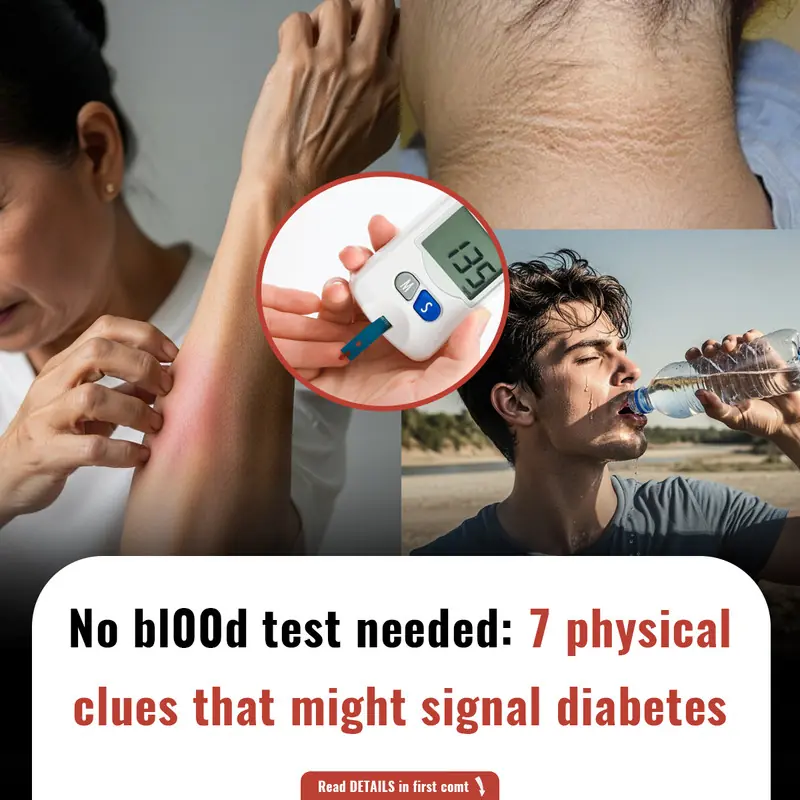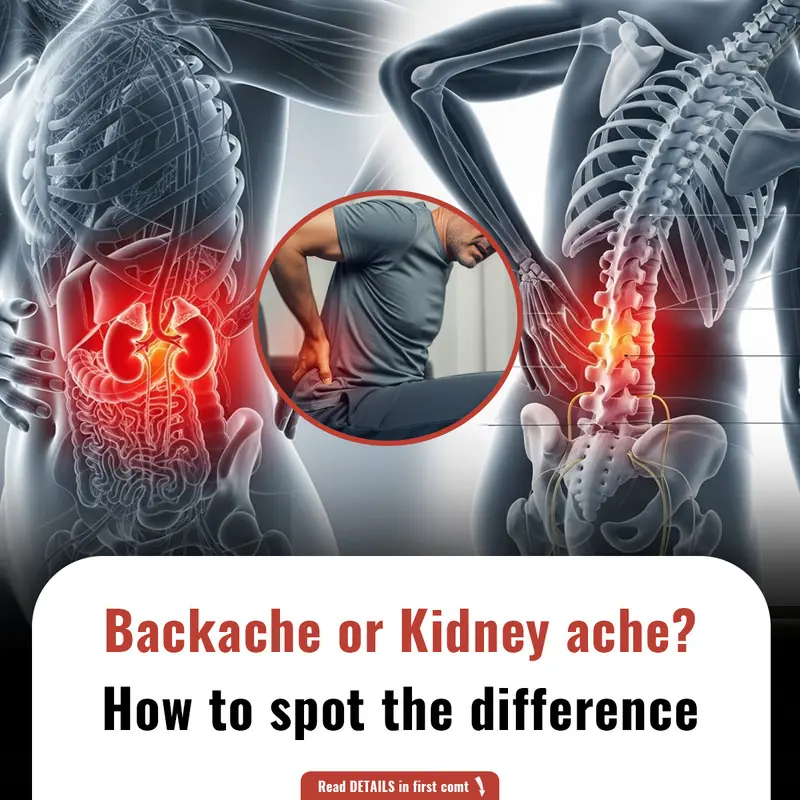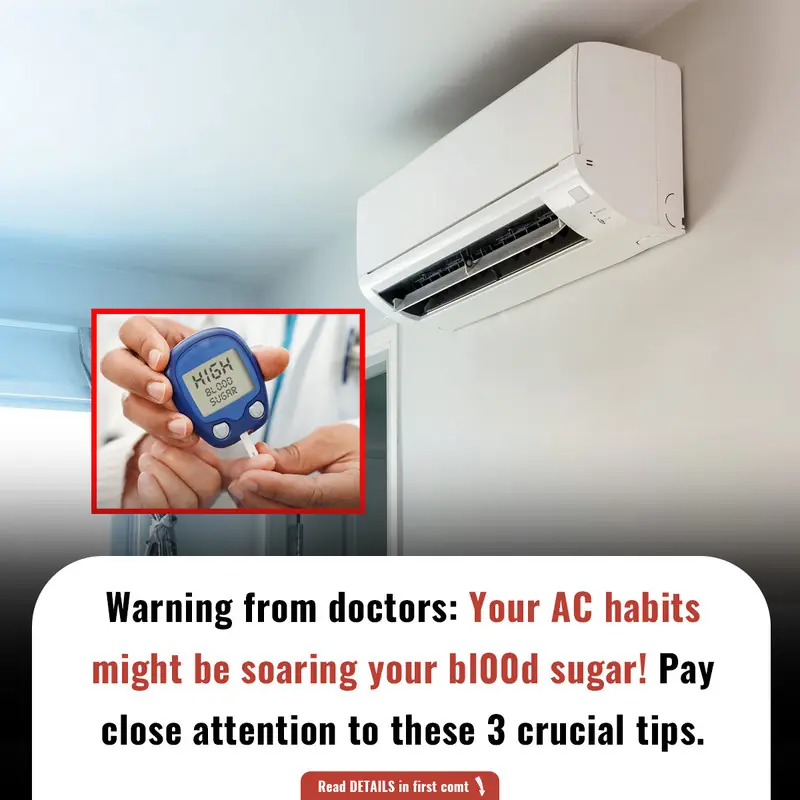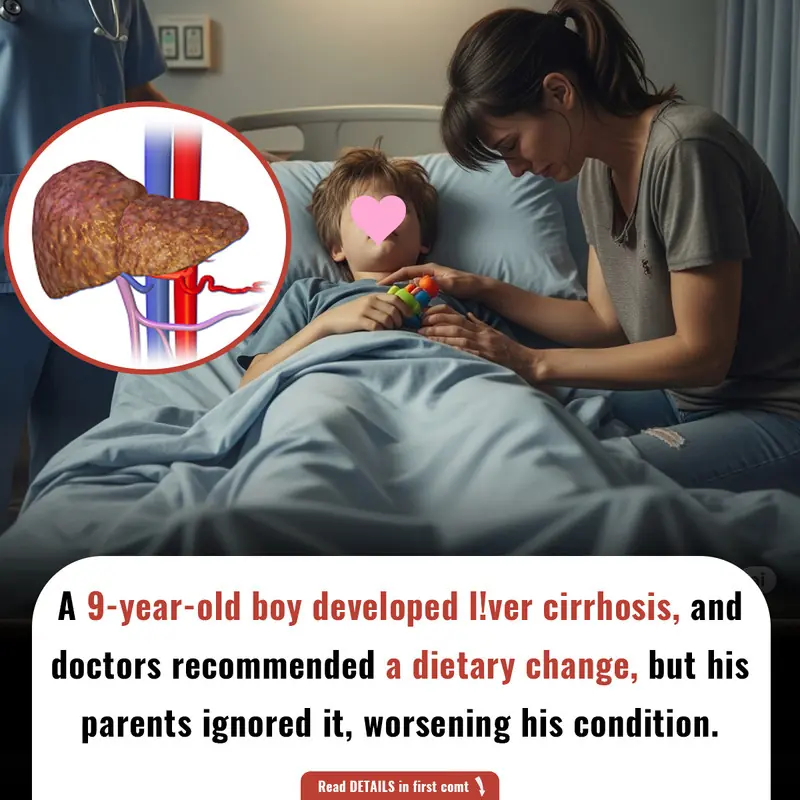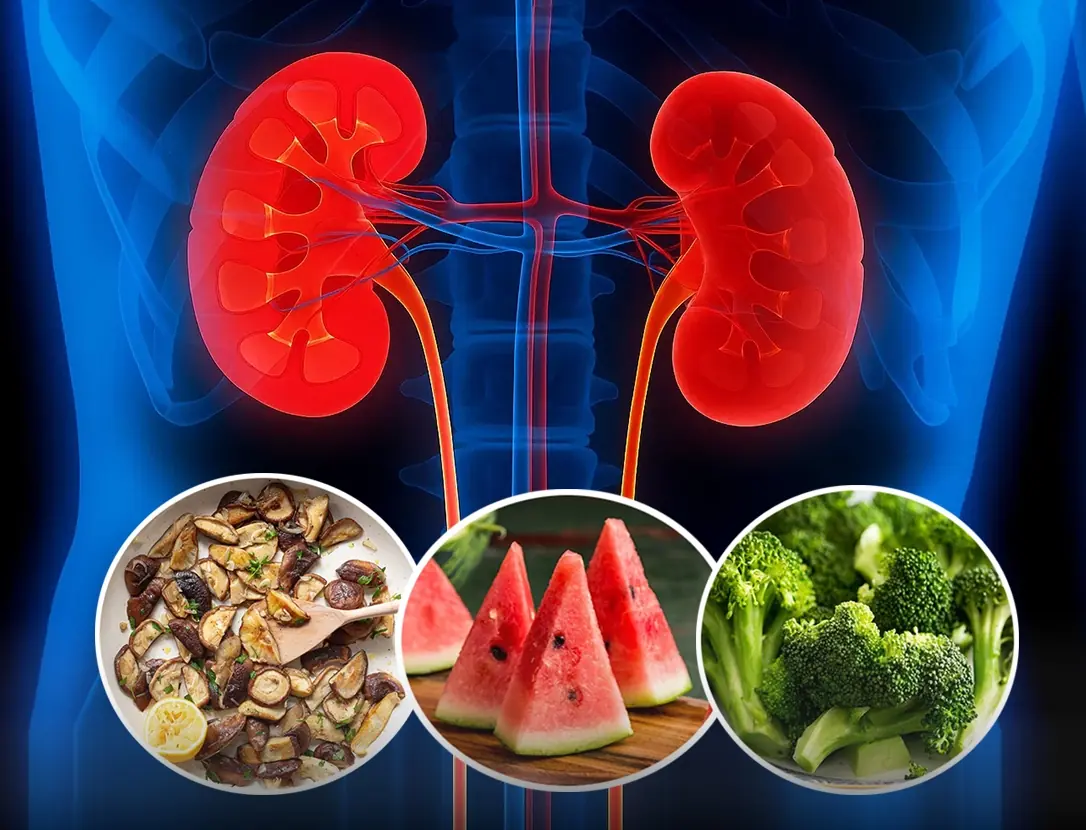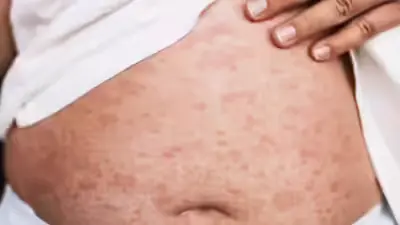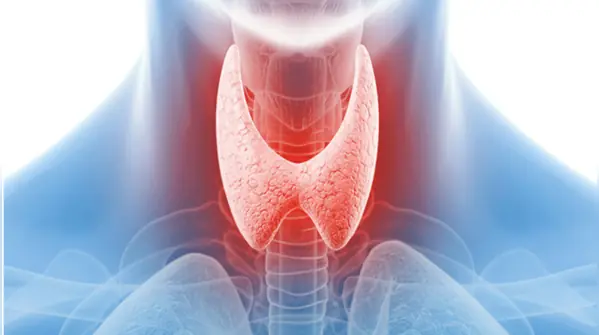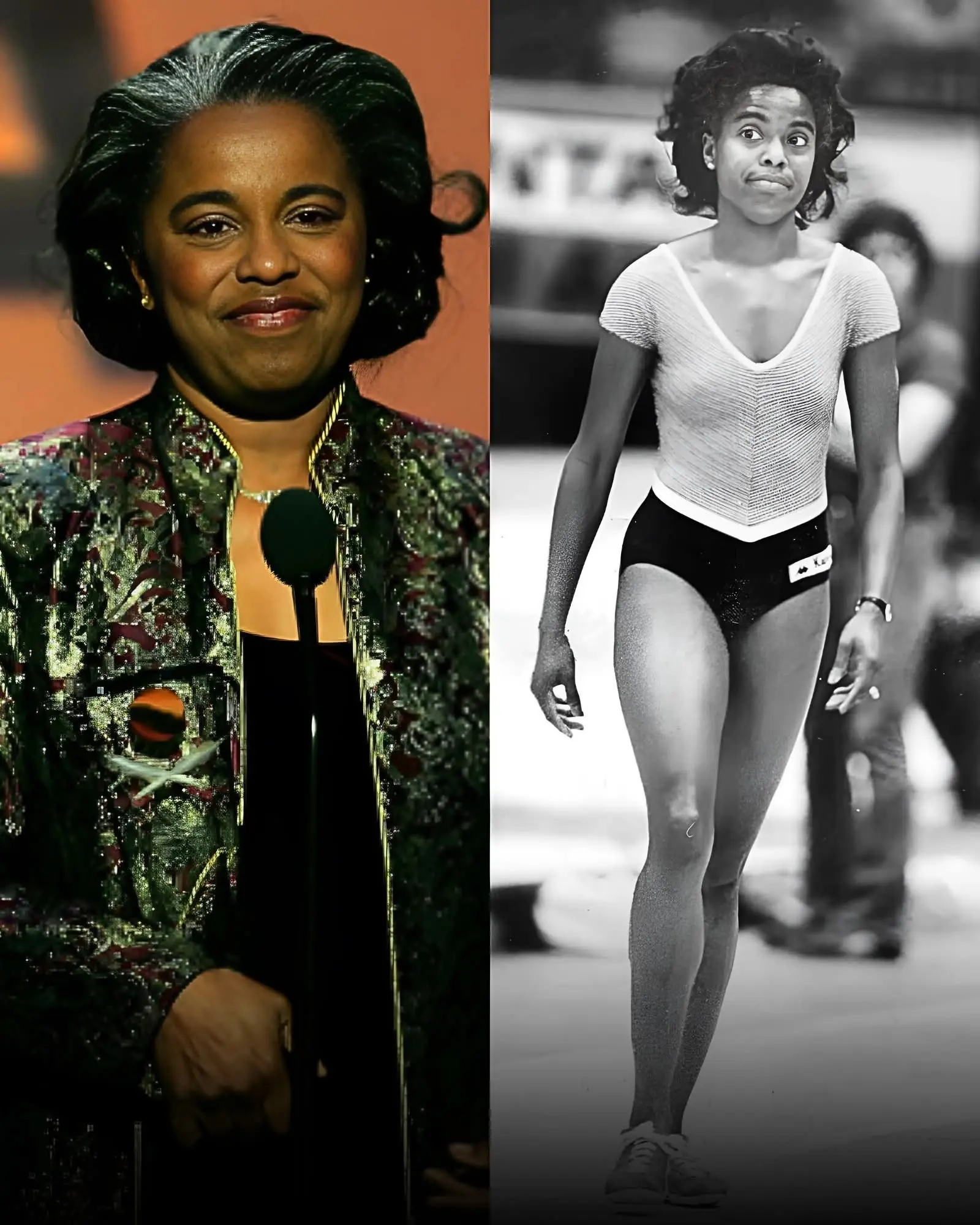Doctors issue warning as common body type is linked to frighteningly high breast cancer risk in major study
Carrying excess weight could be putting women at a far greater risk of developing breast cancer — and for many, they may not realize it until it’s too late.
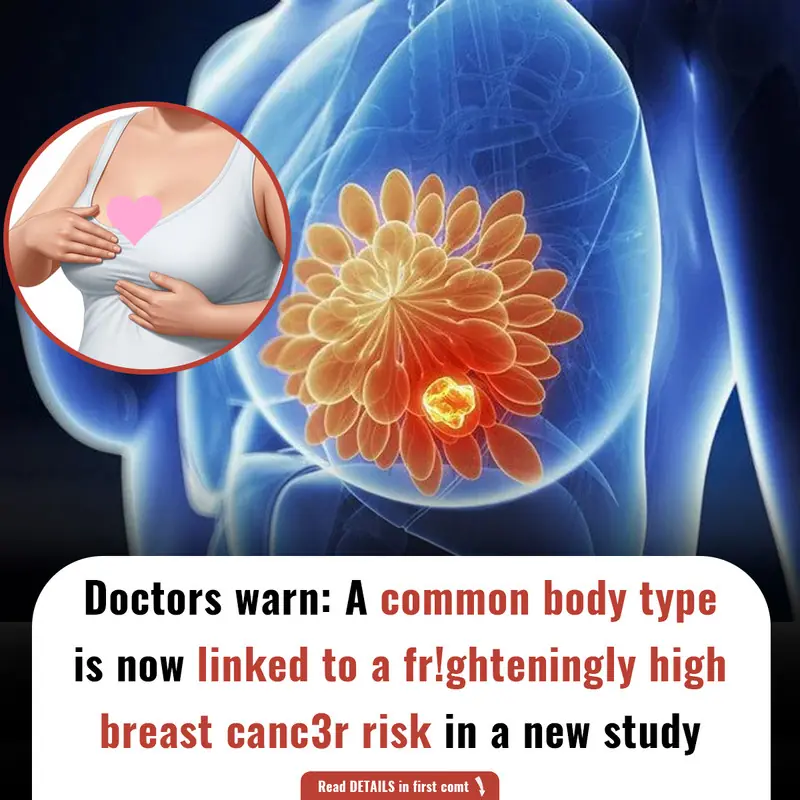
Health researchers have issued a stark warning after a large-scale study revealed that postmenopausal women with high body fat are up to one-third more likely to develop breast cancer compared to those with lower body mass.
The study, which analyzed health data from 168,547 postmenopausal women, found a strong association between increased body weight and breast cancer risk. The effect was particularly pronounced in women who also had a history of cardiovascular disease.
Weight and Heart Health Compound the Risk
For every 5 kg/m² increase in BMI (body mass index), the study showed that women with heart disease had a 31% greater chance of developing breast cancer. In comparison, the same increase in BMI in women without heart disease corresponded to a 13% increased risk.
BMI, a standard global measure of body weight based on a person's height and weight, categorizes individuals as underweight, normal weight, overweight, or obese.
According to the research, being both overweight and diagnosed with heart disease could result in 153 additional breast cancer cases per 100,000 women annually — far more than expected for the general population.
However, the study — conducted by the International Agency for Research on Cancer (IARC) — found no significant link between type 2 diabetes and increased breast cancer risk.
“These findings highlight the need to include women with a history of heart conditions in future clinical trials focused on weight loss as a strategy to prevent breast cancer,” the authors noted.
Weight Loss as Prevention
Lead researcher Dr. Heinz Freisling, who works at the World Health Organization’s cancer research division, said the results could help shape future targeted breast cancer screening programs.
The study was published by Wiley and appears in CANCER, the peer-reviewed journal of the American Cancer Society.
Some scientific theories suggest that excess fat tissue produces higher levels of estrogen, a hormone that, when elevated, has been associated with the development of breast cancer.
Earlier in the year, Danish researchers also found that obese breast cancer survivors were up to 80% more likely to die from the disease compared to those at a healthier weight.
In addition, metabolic syndrome — a cluster of conditions like obesity, high blood pressure, and high blood sugar — was found to increase the chances of cancer recurrence by 70%, likely due to chronic inflammation, which can weaken the immune system’s ability to destroy cancer cells.
Breast Cancer Rates Rising in Younger Women
In an alarming trend that continues to puzzle scientists, breast cancer diagnoses in women under 50 are on the rise globally.
Projections also suggest a sharp increase in future deaths: by 2050, breast cancer deaths in the UK are expected to rise by more than 40%. Globally, that could mean up to 3.2 million new cases and 1.1 million deaths annually if current trends persist.
While breast cancer is more prevalent in women over 50 — often around the time of menopause — it remains the most commonly diagnosed cancer in the UK, claiming the lives of around 11,500 British women and 42,000 American women every year.
Signs to Watch For — And the Importance of Self-Checks
Early symptoms of breast cancer may include:
-
A lump in the breast or armpit
-
Unusual swelling or changes in shape
-
Discharge from the nipple
-
Redness, dimpling, or a rash on the skin
-
Crusty, scaly, or itchy areas on or around the nipple
Despite widespread awareness campaigns, more than one-third of women in the UK still don’t regularly check their breasts. According to charity CoppaFeel, self-exams should be part of every woman’s monthly routine.
You can examine your breasts while showering, lying down, or standing in front of a mirror. Since breast tissue extends beyond the chest, it’s important to check under the armpits and up to the collarbone.
The NHS emphasizes that there’s no single correct method — what matters is that you become familiar with what your breasts normally look and feel like, so you can detect changes.
A common approach involves using the pads of your fingers to move in:
After feeling for lumps or irregularities, inspect your breasts visually in the mirror for any noticeable changes in shape, texture, or the appearance of the nipples.
If anything seems unusual, contact your GP as soon as possible.
Regular Screening Saves Lives
Women aged 50 to 70 are urged to attend routine breast cancer screenings. Early detection dramatically improves treatment outcomes and survival rates.
By staying informed, maintaining a healthy weight, and performing regular checks, women can take meaningful steps to protect themselves against breast cancer.
Let me know if you'd like this formatted for a blog or social media post.


